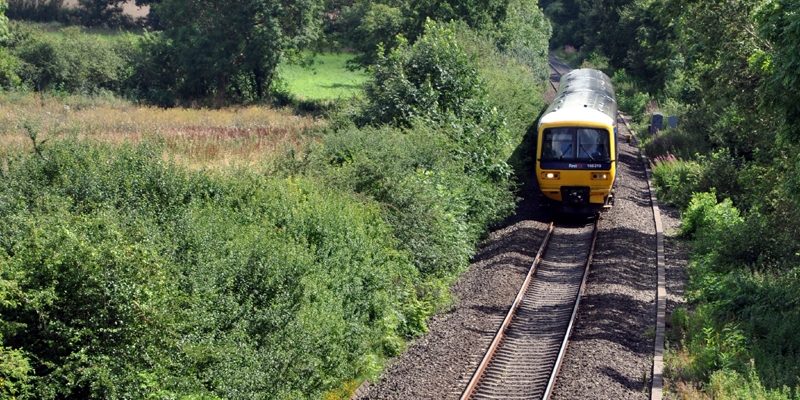Transport

Last modified:
15th February 2022
We all need to get from A to B. And sometimes it feels like we’re all trying to get from A to B at the same time. We think transport policy needs to be more ‘joined up’ and to focus on public transport – especially rail.
Transport is rarely out of the headlines. However the discussion is frequently on the inter-urban road or rail networks, congestion and big infrastructure. While important, CPRE believes many of the challenges facing the countryside are being overlooked. We want the countryside put back into transport policy.
We think it is both possible and highly desirable to have a transport infrastructure that meets the needs of our growing population and protects the countryside. Planning this is not easy, and it’s not going to be cheap. But doing nothing except build more roads is not the answer.
For some in rural areas with no buses or trains, a car is the only option. But about 18% of rural households do not own a car. For them public transport is a lifeline and can reduce car dependency. Some areas have seen welcome improvements in transport, especially in relation to so-called ‘demand responsive services’. But many rural public transport schemes are suffering the effects of uncertainty caused by insecure funding arrangements.
Record numbers of people are travelling on trains and the system is creaking under the strain. Fares are shooting up while the cost of driving goes down, creating a growing gap in affordability. Plans for a network of high speed lines have got the green signal, while smaller schemes that could unlock travel across the English regions seem to be stuck in a siding going nowhere.
Our vision is for a railway renaissance, including a big increase in passenger and freight as well as the length of the rail network itself. But this expansion must be planned carefully. Not just for it to remain affordable for the traveller and safeguard the countryside but also for it to tackle car dependence and rising carbon emissions.
Smart national, regional and local transport policy should consider these factors very carefully:
- Rising traffic levels in the countryside
- Uncertainty about funding rural public transport
- The vulnerability of rural railways to closures
- Roadside clutter – a distracting and ugly menace
- Building new roads which carve their way through important landscapes
- Managing traffic in ways that don’t divert vehicles onto minor rural roads
- Reviewing housing plans that threaten to generate lots more traffic
- Making rural roads safer for everyone
- Improving how transport policy reflects the diversity of the countryside
- Reviewing the Government’s airport expansion plans
Oxfordshire’s local transport plan
Oxfordshire County Council’s local transport plan 2011 – 2030 says it “focuses on attracting and supporting economic investment and growth, delivering transport infrastructure, tackling congestion and improving quality of life.” We think that consideration of the environment does not feature highly enough in the plan and we will be watching to see the effect of this transport policy on the rural environment for those who live and work there and visitors to our county.
A Local Transport and Connectivity Plan 5 (LTP5) for Oxfordshire is currently being prepared.
The areas of focus for the new plan are:
- Commitments to de-carbonise the transport system by 2050
- Reducing the need to travel
- Discouraging unnecessary individual private vehicle use by promoting use of public transport and active travel such as walking and cycling
- A push towards quality digital gigabit and/or full fibre connectivity for all
- Enabling the economy to develop, supporting the Oxfordshire local industrial strategy agreed in July 2019
- Public transport operations and network changes amid the impacts of COVID-19.
Find out more in our news story here.
Read CPRE Oxfordshire’s responses to date within the Resources section on the website.
